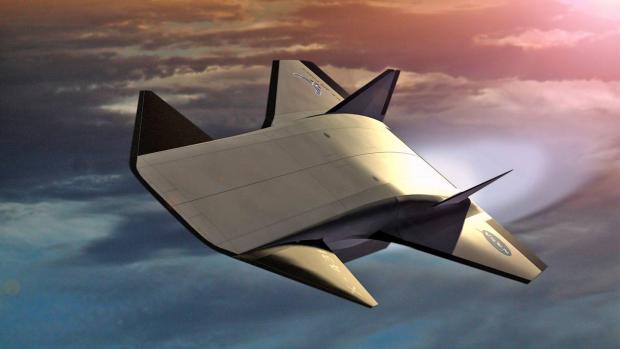
Breaking News
 Christmas Truce of 1914, World War I - For Sharing, For Peace
Christmas Truce of 1914, World War I - For Sharing, For Peace
 The Roots of Collectivist Thinking
The Roots of Collectivist Thinking
 What Would Happen if a Major Bank Collapsed Tomorrow?
What Would Happen if a Major Bank Collapsed Tomorrow?
Top Tech News
 EngineAI T800: Born to Disrupt! #EngineAI #robotics #newtechnology #newproduct
EngineAI T800: Born to Disrupt! #EngineAI #robotics #newtechnology #newproduct
 This Silicon Anode Breakthrough Could Mark A Turning Point For EV Batteries [Update]
This Silicon Anode Breakthrough Could Mark A Turning Point For EV Batteries [Update]
 Travel gadget promises to dry and iron your clothes – totally hands-free
Travel gadget promises to dry and iron your clothes – totally hands-free
 Perfect Aircrete, Kitchen Ingredients.
Perfect Aircrete, Kitchen Ingredients.
 Futuristic pixel-raising display lets you feel what's onscreen
Futuristic pixel-raising display lets you feel what's onscreen
 Cutting-Edge Facility Generates Pure Water and Hydrogen Fuel from Seawater for Mere Pennies
Cutting-Edge Facility Generates Pure Water and Hydrogen Fuel from Seawater for Mere Pennies
 This tiny dev board is packed with features for ambitious makers
This tiny dev board is packed with features for ambitious makers
 Scientists Discover Gel to Regrow Tooth Enamel
Scientists Discover Gel to Regrow Tooth Enamel
 Vitamin C and Dandelion Root Killing Cancer Cells -- as Former CDC Director Calls for COVID-19...
Vitamin C and Dandelion Root Killing Cancer Cells -- as Former CDC Director Calls for COVID-19...
 Galactic Brain: US firm plans space-based data centers, power grid to challenge China
Galactic Brain: US firm plans space-based data centers, power grid to challenge China
Boron Nitride Nanotubes potential material for future hypersonic planes

NASA has one of the few facilities in the world able to produce quality Boron Nitride Nanotubes BNNTs. Carbon nanotubes can stay stable at temperatures up to 400 degrees Celsius but BNNTs can withstand up to 900 degrees Celsius. BNNTs are also able to handle high amounts of stress and are extremely lightweight.
While the study has brought new light to the strength and stability of BNNTs, their use on planes may not be a reality for another five to 10 years. "Right now, BNNTs cost about $1,000 per gram. It would be impractical to use a product that expensive," said Ke. But, that does not mean it will never happen. Carbon nanotubes were about the same price 20 years ago. As more studies indicated the usefulness of carbon nanotubes, the production rates increased and prices went down to the current rate, between $10 and $20 per gram. Ke sees the same fate coming down the line for BNNTs.

 The State's Last Stand
The State's Last Stand


